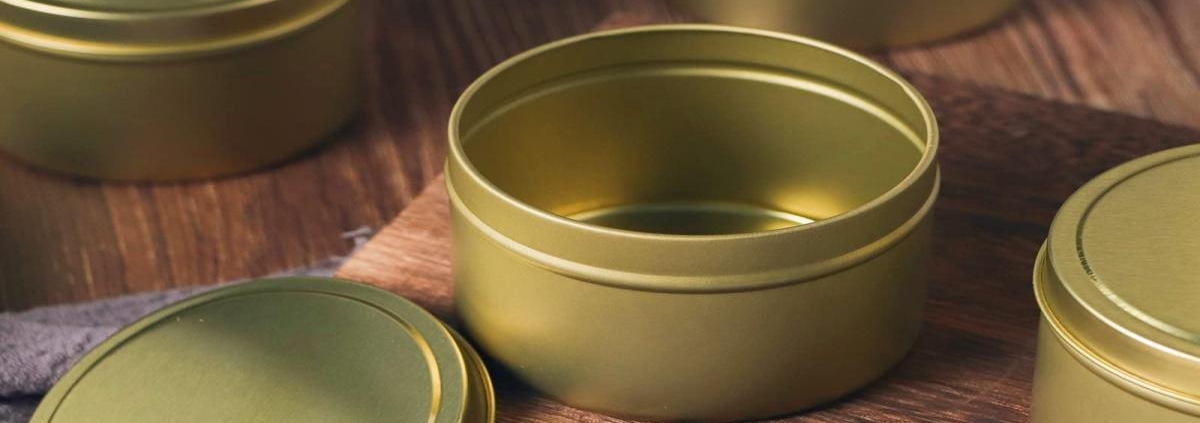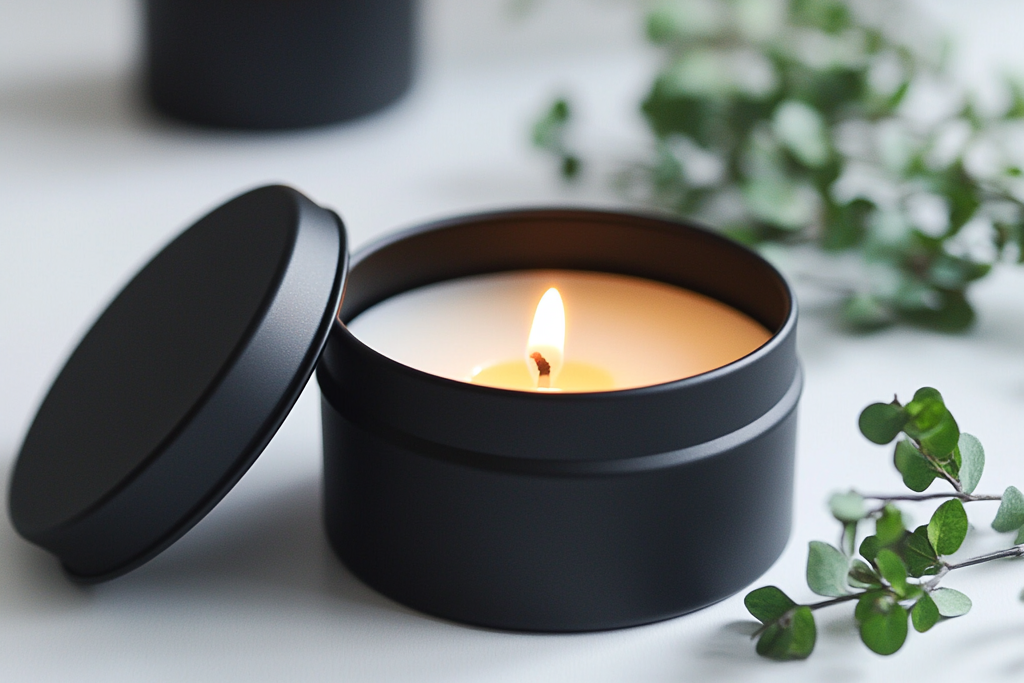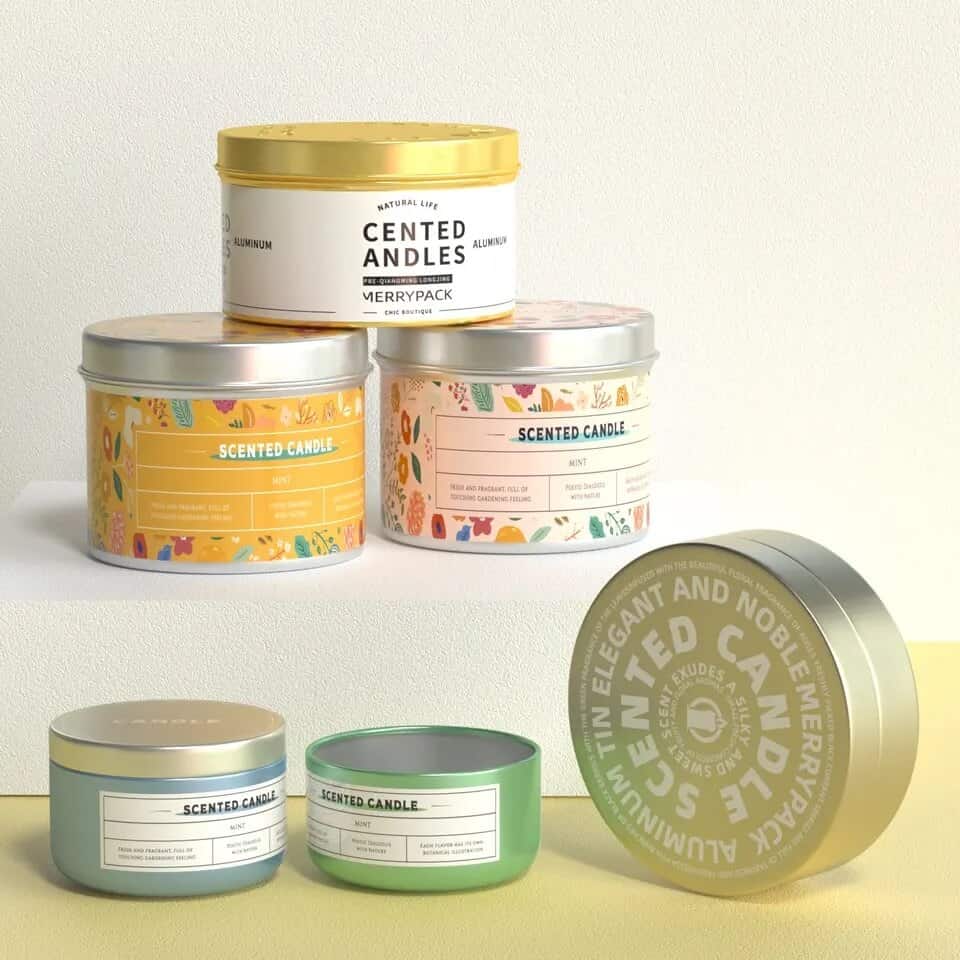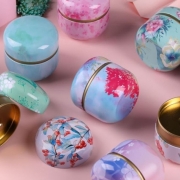How to design candle tins that are suitable for the elderly and easy to open?
Aging populations in regions like India, the US, and the UK are driving a growing demand for safer, easier-to-use products. Seniors often face reduced hand strength, decreased dexterity, limited reach, and visual impairments, all of which make standard candle packaging less safe for them. Therefore, brands that design custom candle tins for seniors can improve customer satisfaction, reduce risks at home, and further differentiate their product lines. So, how can you design candle jars that are truly suitable and easy to open for seniors? Put, prioritize effort reduction, clear sensory cues, and heat and flame safety without sacrificing aesthetics or fragrance performance.
Designing Ergonomic Candle Tins
Ergonomics is fundamental to designing candle tins for seniors. First, consider how seniors grip, twist, or open the lid. The design’s shape and functionality should minimize the fine motor movements required to open the tin while maintaining visual appeal. First, ensure a comfortable contact area. A wide lid and shallow dome provide a larger gripping surface. Smaller diameters require more precise grip control, so avoid designing tins that are too small for seniors. The diameter of the candle tin should ensure that the entire palm is supported when applying pressure, which increases leverage and reduces the need for a pinch grip.
Second, add targeted textured surfaces. Integrate wide, low-profile knurling or a soft-touch elastomer band around the lid’s rim. The texture should be rough enough to provide grip, but not too sharp. A matte, tacky finish can enhance friction and reduce the risk of slippage when wet. Third, minimize the required hand strength and complex wrist movements. If designing a screw cap, increase the diameter and reduce the pitch to reduce the number of turns. Alternatively, use a hinged or pull-off lid with an ergonomically long pull tab to reduce torque requirements. Finally, consider weight and balance. Lightweight materials can reduce weight, but ensure the lid remains stable.
Designing Easy-to-Open Candle Tins
The lid mechanism you choose determines how easy it is for seniors to access their candles. Several practical options are available for candle tins, each with trade-offs in terms of seal quality, production cost, and ease of use.
One option is a lifting lid with an ergonomic pull tab. A 40-60mm wide tab ensures a secure grip. The tab should be thick enough for easy grip. For added convenience, a shallow groove or finger groove can be designed around the tab, allowing the user to slide their thumb underneath without getting pinched. A second option is a hinged lid with a latch. This permanently fixed hinge eliminates the need for separate alignment and lifting of the lid, and also prevents accidental drops. These use a long-bar hinge with a simple snap or magnetic closure, allowing for minimal force to open and close. Finally, a magnetic closure features a comfortable tactile feel when closed and requires minimal force to open. This is ideal for older adults.
Finally, a low-torque screw cap is recommended. If the brand requires a screw cap, use a coarse thread with a wide pitch to reduce torque. Alternatively, consider using a wide knurled band to maximize grip. Limit the thread travel to reduce the number of turns required; fewer turns means less stress on the wrist. When choosing an opening mechanism, three variables need to be balanced: ease of opening, seal performance, and manufacturability. For many candle tins designed for seniors, hinged or magnetic lids offer a balance of ease of use and high user satisfaction.
Materials More Suitable for Seniors
The choice of material affects heat transfer, weight, durability, and recyclability, all of which are crucial for candle tins designed for seniors. Therefore, the design must minimize the risk of burns, preserve the fragrance, and ensure long-lasting durability.
Tinplate remains a popular choice, being durable, affordable, easily printable, and recyclable. Aluminum is lighter, more corrosion-resistant, and offers better thermal conductivity. For senior-friendly designs, consider a double-layer or inner lining: a thinner inner wall or an insulating sleeve can reduce the temperature of the outer surface, making the candle easier to handle at high temperatures. Additionally, a heat-resistant coating can be used to prevent discoloration and maintain the grip. An inner coating prevents metallic odors from interacting with essential oils. For the exterior, a textured powder coat or soft-touch finish can improve grip.
It’s important to note that a burning candle raises the surface temperature of the tin. The lid and lining should be designed to minimize heat transfer to the outer grip area. Incorporating insulation can also reduce the temperature of the grip area. Many older consumers are concerned about sustainability. Therefore, choose recyclable metals and eco-friendly coatings, and clearly label the base as recyclable.
Visual, tactile, and labeling design enhances accessibility and independence
Accessibility extends beyond mechanical operation. Seniors also benefit from clear sensory cues and instructions. Customizing candle tins with thoughtful labeling and tactile design ensures safer and more independent use.
Use high-contrast labels and fonts, with sharp contrast between text and background. Avoid low-contrast metallic accents around key instructions, and use concise language for burning instructions and safety warnings. Tactile cues and embossing can also be used, integrating raised symbols and tactile markings to indicate lid orientation and pull tab location. Next, choose a color scheme that remains legible in a variety of lighting conditions. A matte finish can reduce glare that can affect cataract patients. For directional cues, use subtle colored bands around the gripping edge to guide hand positioning. Combining tactile and visual cues with digital support significantly improves candle tin usability and independence for seniors.
Implementing Elderly User-Centered Design
Designing candle tins for seniors requires ergonomic lids, effortless opening mechanisms, heat-resistant materials, and easy-to-understand labeling. When designing custom tins for seniors, it’s important to identify a core design, incorporate an easy-open lid, produce small batches of prototypes, and conduct user trials with a representative sample of seniors to assess ease of opening and comprehension. Materials and textures should also be designed to reduce slip risks and surface temperatures.












 Facebook
Facebook Twitter
Twitter Linkedin
Linkedin
